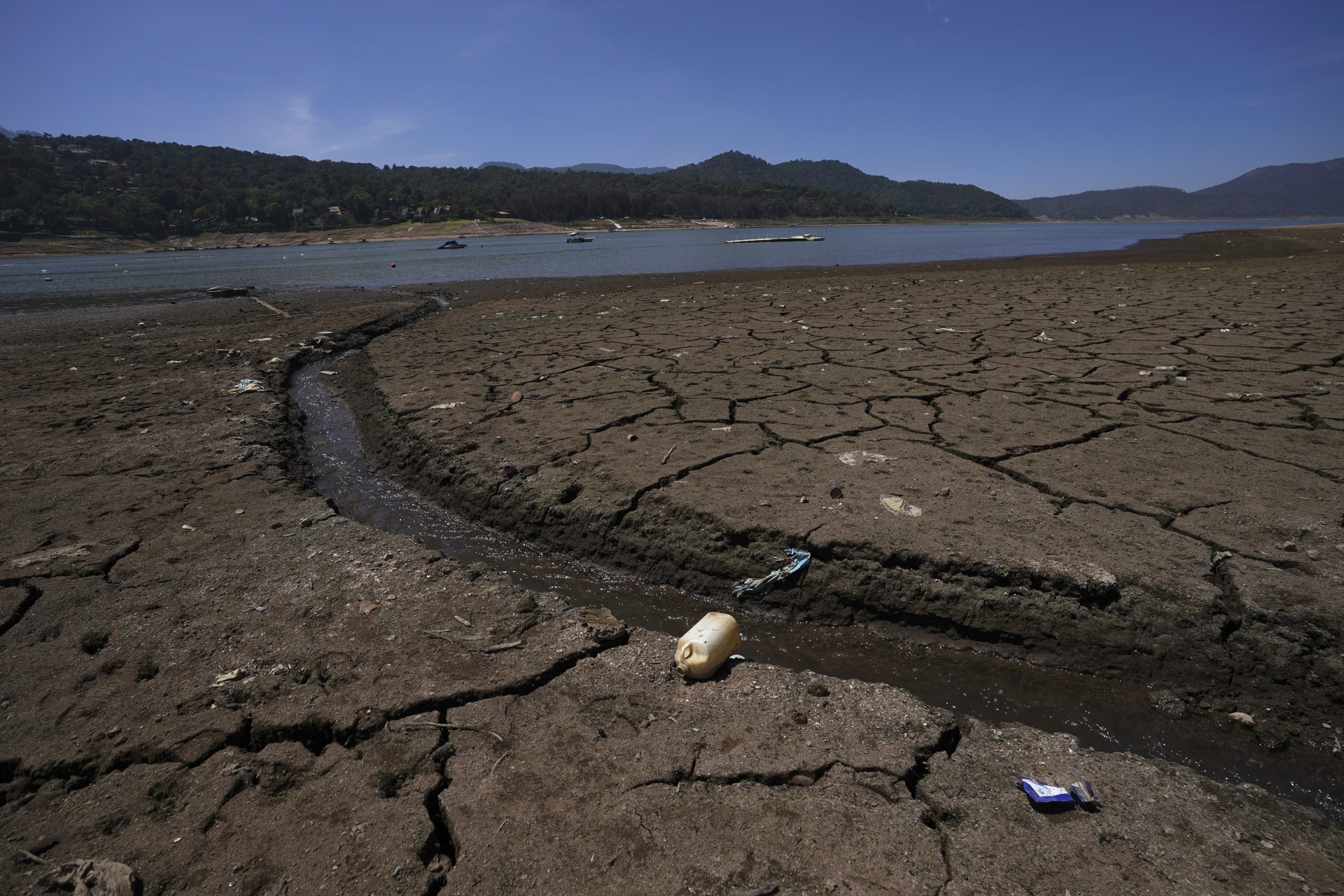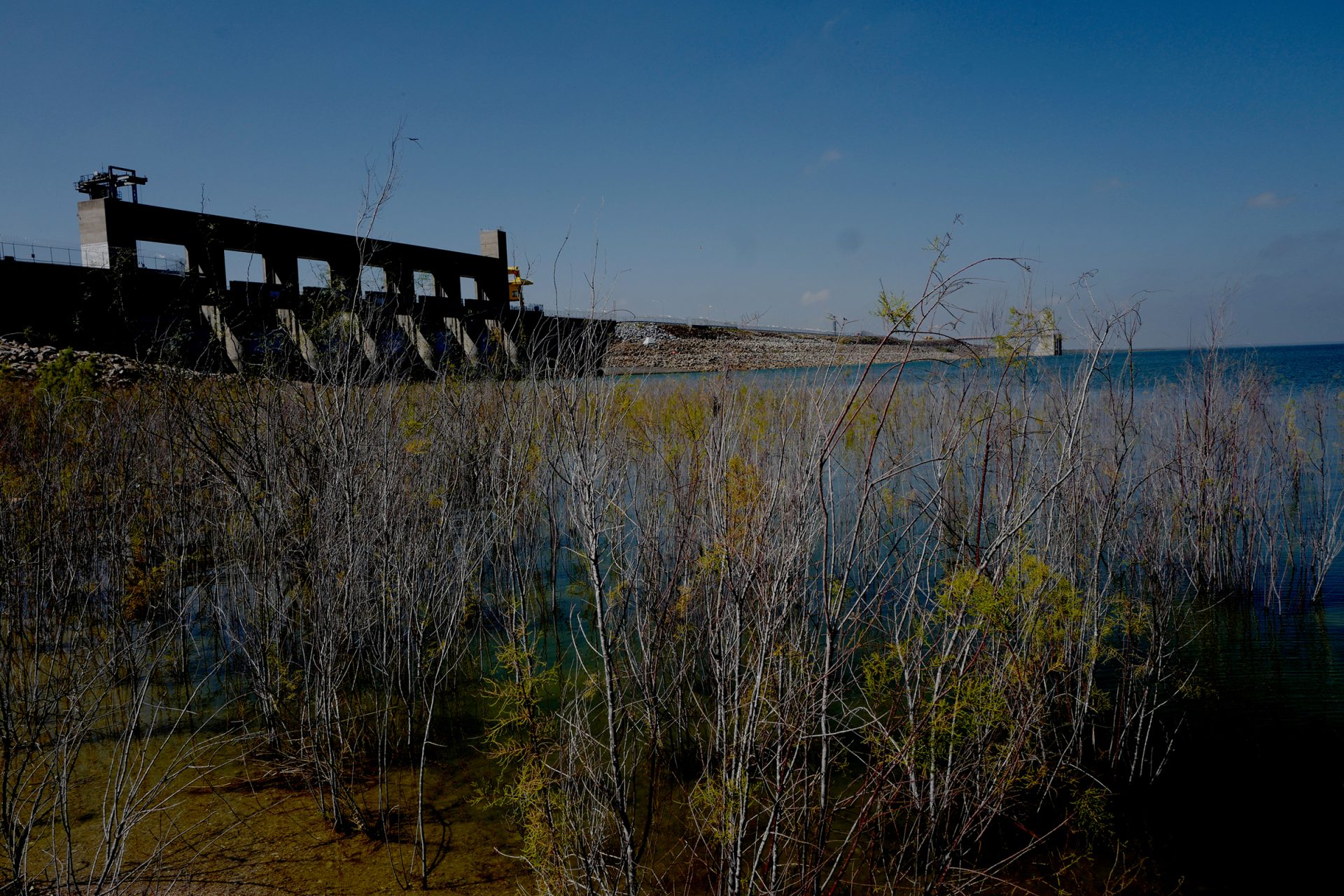|
Only have a minute? Listen instead
Getting your Trinity Audio player ready...
|
Rio Grande Valley lawmakers joined other members of Congress this month in signing a letter asking the Joe Biden administration to withhold U.S. aid to Mexico until it complies with the 1944 water-sharing treaty between our two countries.
Unfortunately, at this time such punitive measures likely won’t work. U.S. officials instead should increase diplomatic efforts to seek solutions that might work for both countries.
U.S. Reps. Henry Cuellar of Laredo, Monica De La Cruz and Vicente Gonzalez, both of McAllen, along with other House members and Sens. John Cornyn and Ted Cruz, signed the letter sent May 17 to the president noting that Mexico’s failure to abide by the treaty has done severe harm to border residents and our economy.
However, dry conditions south of the river are so severe that officials, and residents, are getting desperate in the states that border the river.
The water’s just not there.
Mexico’s National Water Commission, known as Conagua, says conditions are dire nationwide. Mexico City, could be just days away from Day Zero, when no water comes out of the faucets. Monterrey was forced to ration water last year.
That’s of little solace to people here in the Valley, who have suffered dry conditions for decades. Cities here have imposed water conservation mandates, and the agriculture that drives our economy could be on the brink of collapse. The lack of irrigation water recently killed our billion-dollar sugar industry, and citrus, which provides another $500,000 per year, could be next.
Few people in the Valley, however, are going to feel any pity for our Mexican neighbors. The country has long dealt in bad faith, violating the treaty almost every year for several decades.
The pact requires Mexico to send 350,000 acre-feet of water from its tributary rivers into the Rio Grande, from which both nations can draw, with five-year deadlines for compliance.

We’re in year four of the current cycle, and we’ve received less than one-third of the water we should have by now — and most of that has come not from any action by Mexico’s government, but from natural runoff following rains. In recent decades the country increasingly has build dams along its feeder rivers and used the water to grow its own agriculture industry — to our detriment.
We might be more understanding if Mexico had send us the water when it was there — and our own conditions likely would be less severe.
Now, however, we must deal with the reality that the water is gone.
Thus, U.S. and Mexican officials should seek to work together to seek solutions that can reduce the crisis for both countries — or at least reach an workable agreement for future treaty compliance.
Such overtures are even more vital as Mexico prepares to elect a new president — and we deal with a possible change in our own administration.
Mexico’s noncompliance with its treaty obligations understandably frustrates U.S. officials. However, a tantrum isn’t going to help at this time.
Right now, our southern neighbor couldn’t send us water even if it wanted to. We need to look for realistic solutions, or at least an understanding that could lead to more reasonable policies in the future.
RELATED EDITORIALS:
Editorial: Could Valley’s water shortage be addressed by constructing a dam, reservoir in the area?




